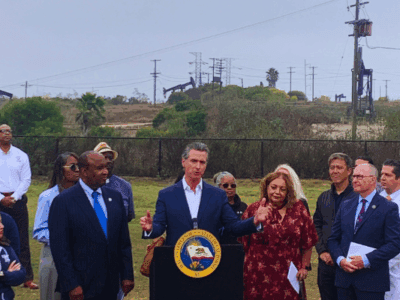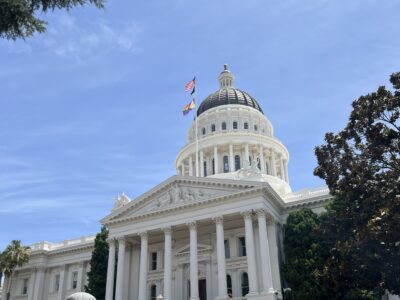AB 32 and post-2020 climate goals
What does California’s Global Warming Solutions Act say about emissions after 2020?
I have heard some references, recently, to AB 32 “expiring” in 2020. It’s easy to understand where this idea comes from: California’s premiere climate change law was passed in 2006 and sets a goal for the state to return to 1990 levels of greenhouse gas emissions by a deadline of 2020. Moreover, one of the key regulatory programs the state is using to help reach this goal, the statewide GHG cap-and-trade program, is set to run only through 2020. AB 32 does not address or endorse California’s longer-term climate goal of reducing emissions to 80% below 1990 levels by 2050, which derives only from executive order. (Sen. Pavley has now introduced a bill, SB 32, to legislatively adopt that 2050 goal — one of a package of bills announced last week aimed at continuing the state’s leadership on climate change.)
But the idea that AB 32 expires in 2020 isn’t right. Its emission reduction requirements do not hit a brick wall in 2020. Instead, the statute calls for the statewide 1990-level emissions limit to remain in effect indefinitely and to “be used to maintain and continue reductions in emissions of greenhouse gases beyond 2020.” AB 32 § 38551(b) (emphasis added). Thus the 1990-level limit will endure and will continue to require the state to place significant controls on GHG emissions, to ensure we don’t backslide.
In fact, AB 32 will require the state’s emissions controls to become effectively more stringent over time, even as the 1990 limit remains static. Why? Because California’s economy and population will likely continue to grow. To keep to 1990 levels of emissions after 2020, California will need to continue to reduce both its per capita emissions and its greenhouse gas intensity (i.e., GHG/GDP).
This ongoing mandate has a few implications. Here are two: First, California climate regulation is here to stay in a robust way regardless of the fate of the bills announced last week. Second, the fact that AB 32 requires emissions reductions beyond 2020 seems to me to be a fair justification for using funds from the state’s cap-and-trade proceeds to support projects, like high-speed rail, that yield GHG reductions largely or even exclusively after 2020. Funding for those projects has sometimes been controversial, in the view of some, because they do not help achieve AB 32’s goal of returning to 1990 emissions by 2020. But when one acknowledges that the statute’s goal for GHG reductions properly extends beyond 2020, those objections dim.
UPDATE: See this second post for more on why I think strengthening California’s climate goals is critically important.
Reader Comments
One Reply to “AB 32 and post-2020 climate goals”
Comments are closed.







High speed rail is likely to be one of the biggest wastes of taxpayer money recently conceived – other than most of the rest of the output from Sacramento.
Human ingenuity will likely render irrelevant the legal constraints on fossil fuel emissions, showing once again that laws and regulations are not the way to achieve anything worthwhile. Not to mention the fact that laws and regulations are enforced by cops with guns – a distinctly uncivilized means to deal with those with whom you have differences.
Just get out of the way and watch Uber, Lyft, Google, Apple, and who knows what other disrupters, make obsolete the fossil-fueled, everyone-needs-a-car world we now live in. And they won’t be long in doing it.
Paul Grant